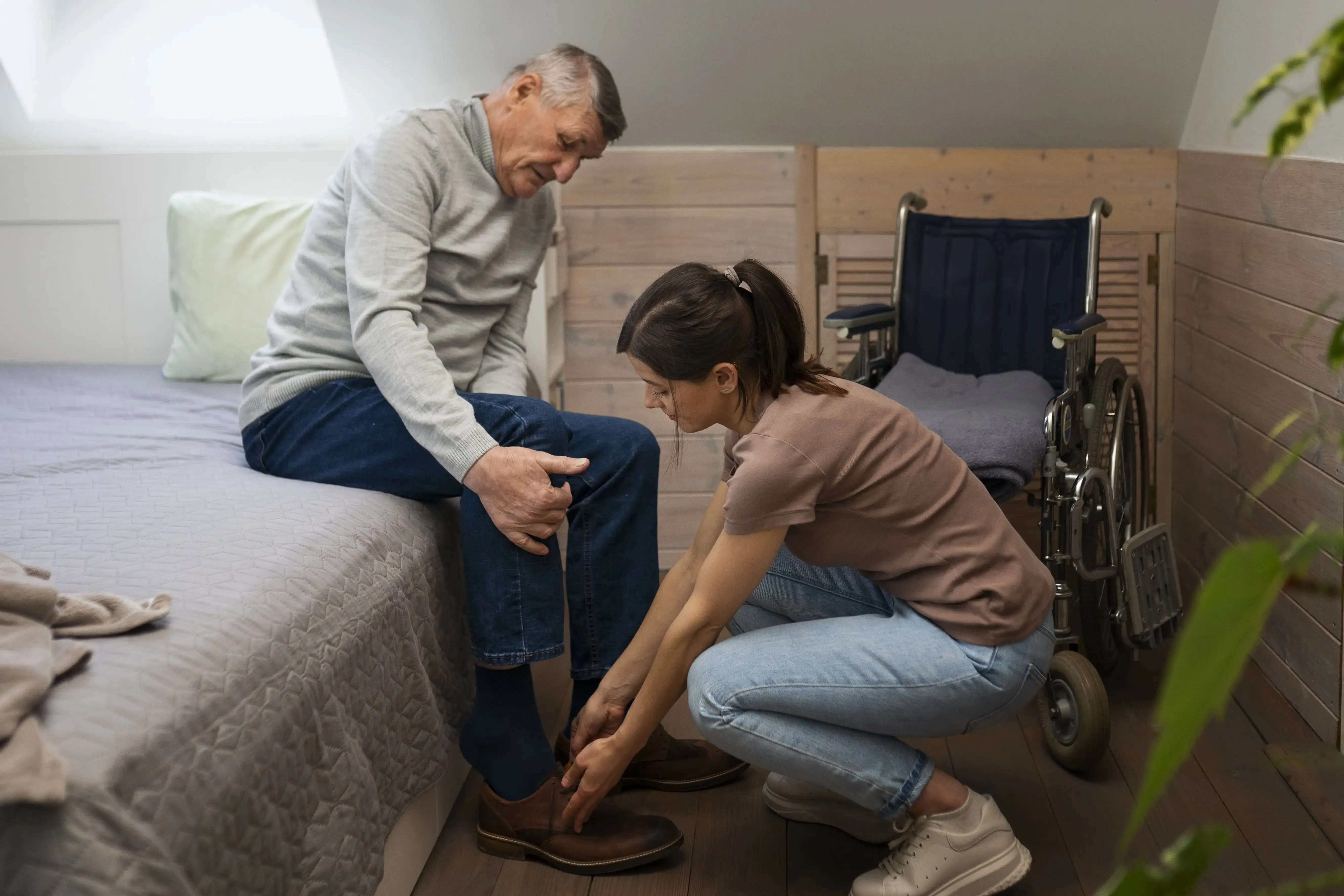Movement disorders are neurological conditions that inhibit or impact the body's everyday movements, 比如用手, 走, 坐着, 站, 弯曲, 把, 等. In general, movement disorders lead to abnormal movements or a gradual loss of movement.

There are several types of movement disorders, with some of the most common types including
帕金森病 is one of the most common movement disorders, along with tremors. More than 10 million people have 帕金森病 worldwide.
帕金森病 is a neurological disorder that affects the body's movement. It occurs due to deterioration of the nerve cells in a region of the brain called basal ganglia. 基底神经节, situated in the central portion of your brain, manage the brain's signals to the body's muscles to carry out movements. When the nerve cells in this area get damaged, 大脑的信号传导受损, 导致失去运动能力, unintended or uncontrollable movements (shaking, 震动), 刚度, 失去平衡和协调能力.
The onset of symptoms is a slow process; over time, they worsen and become more perceptible. The Disease shows a different pace of progression in people, 早期的症状是轻微的,渐进的.
这些迹象包括:
Nerve cell degeneration in the brain's basal ganglia region leads to 帕金森病. The Disease usually affects people in their 60s though in rare cases, 它也发生在年轻人身上.
在一个健康的个体中, 这些神经细胞产生多巴胺, a critical brain chemical or neurotransmitter that promotes body functions, 包括运动, 情绪, 和记忆. When the impaired nerve cells produce less dopamine, 它会影响运动, 感官敏锐度, 思维能力, 心理健康, 表现为帕金森病.
The causes of the nerve degeneration can be:
The treatment goal for 帕金森病 is to control or reduce the severity of symptoms.
偶尔, 我们经历了抽搐, 混蛋, 或者是转瞬即逝的运动问题, but these are random occurrences and do not indicate anything serious. But persistent abnormal movements or loss of movement may indicate the onset of a movement disorder, 这些迹象可能包括:
Movement disorders are caused by damage to the brain's nerve cells in the parts that control body movements. Several factors may lead to neurological degeneration, and they include:
The treatment method depends on the type of movement disorder. Because these disorders are due to malfunctioning nerve cells in the brain, drugs are a significant treatment choice to address cell pathology.
这些方法包括:
Our highly experienced neurologists treat 帕金森病 and other movement disorders using the most advanced methods.
We know every case is different and requires a 100% personalized treatment plan and guidance to improve symptoms, reinstate confidence and help you with the best outcomes.
We know how critical accurate diagnosis is and combine our expertise with state-of-the-art facilities and a multi-disciplinary and integrative treatment approach to ensure you get the most effective and personalized treatment program for 帕金森病 and other movement disorders.